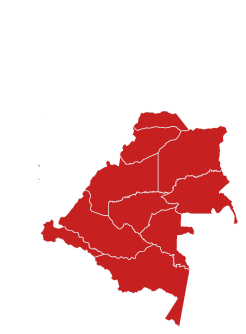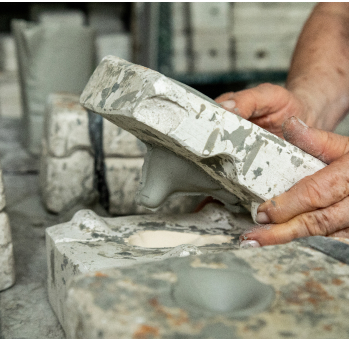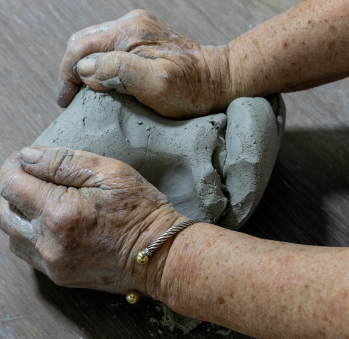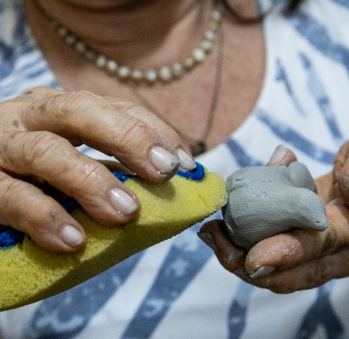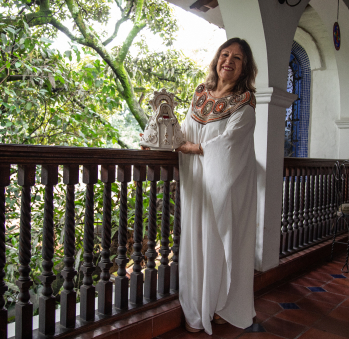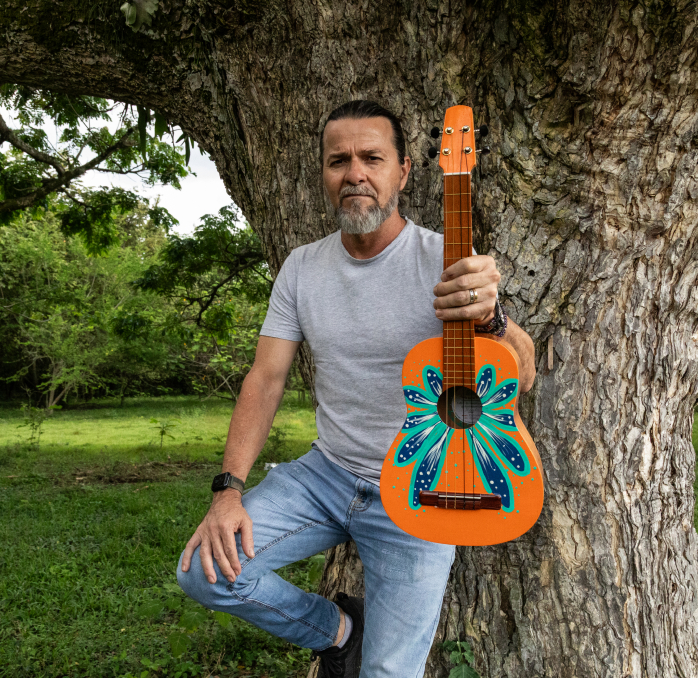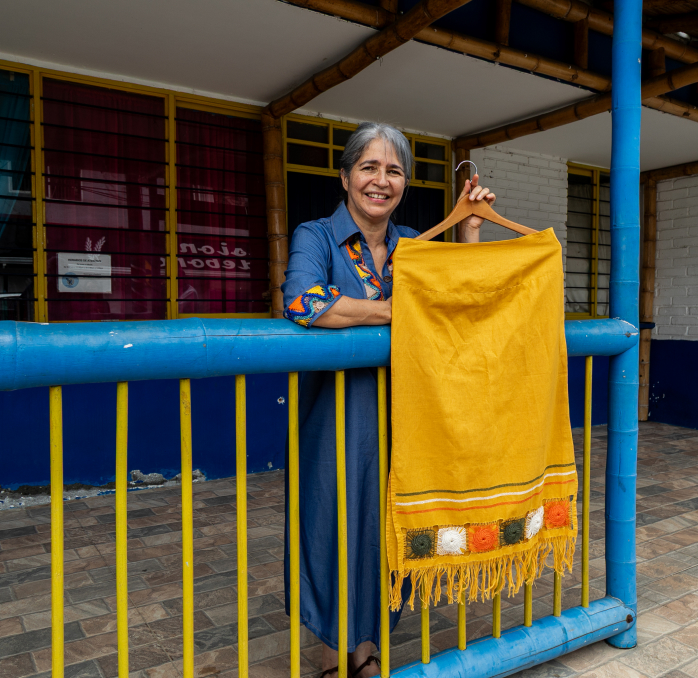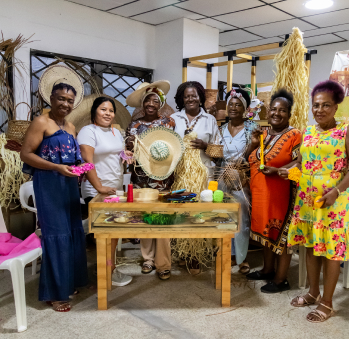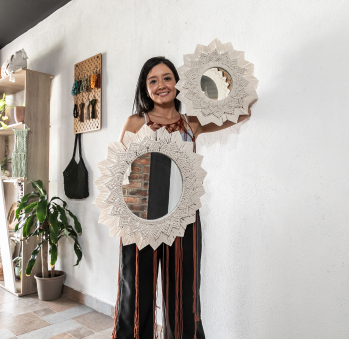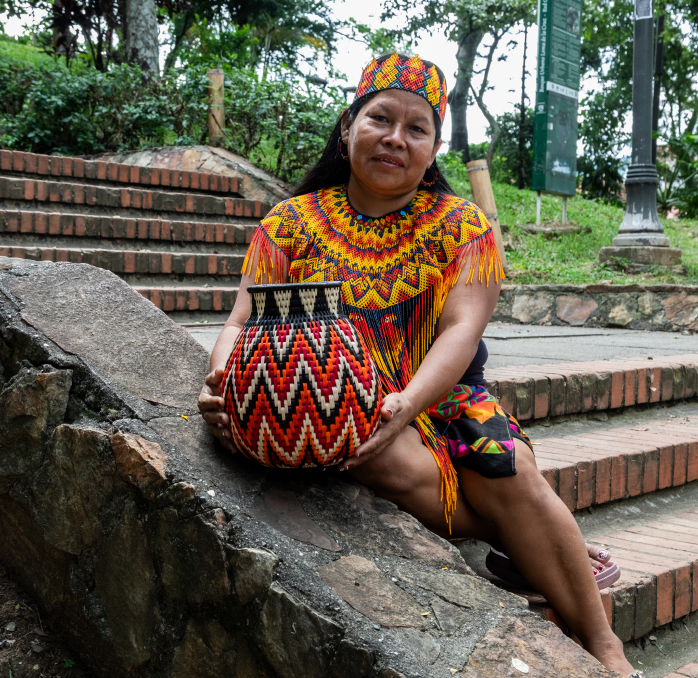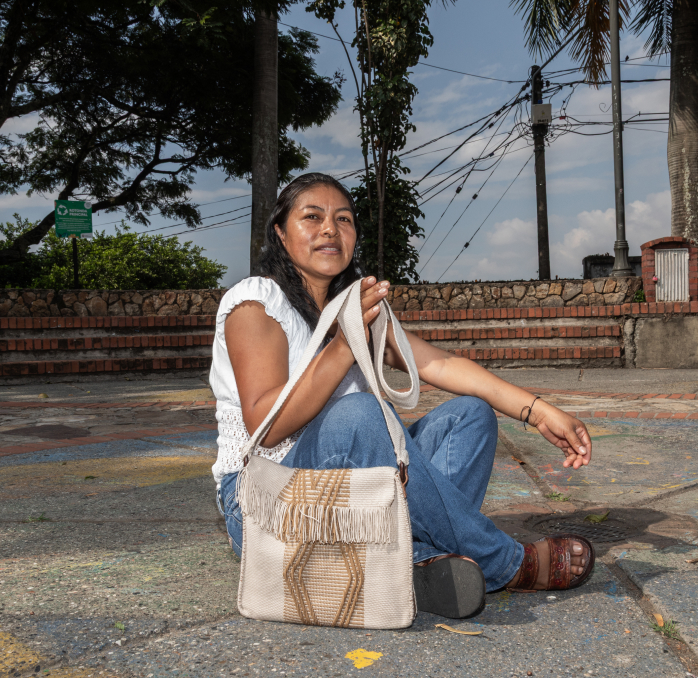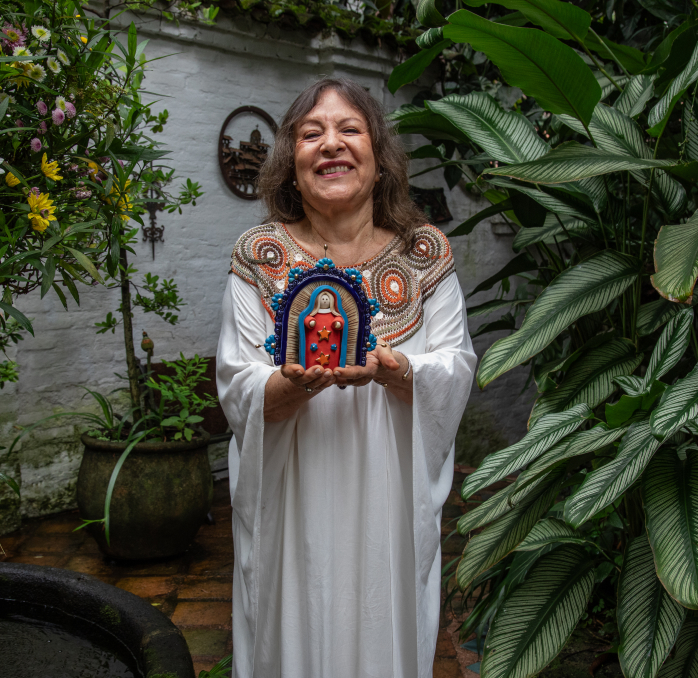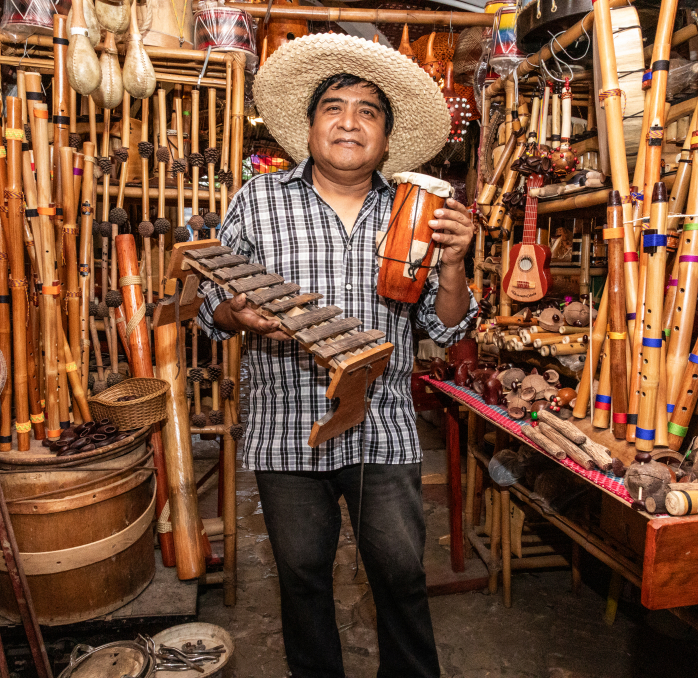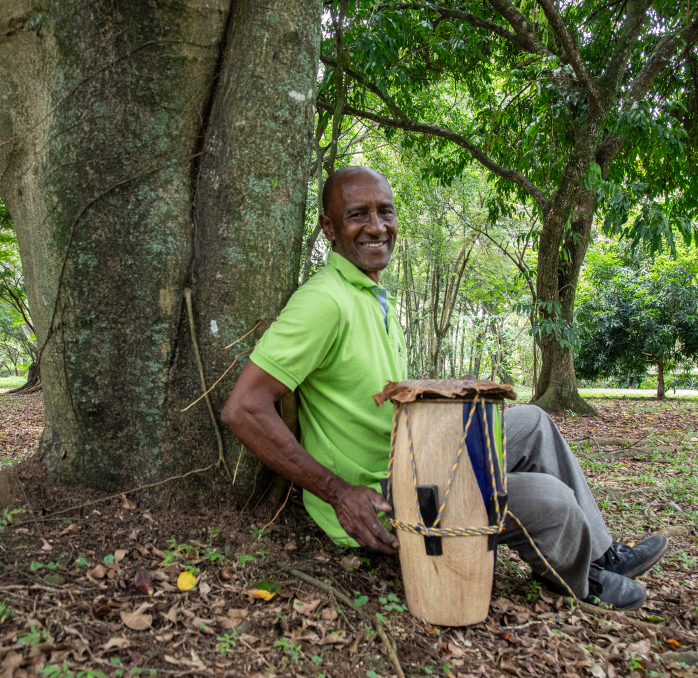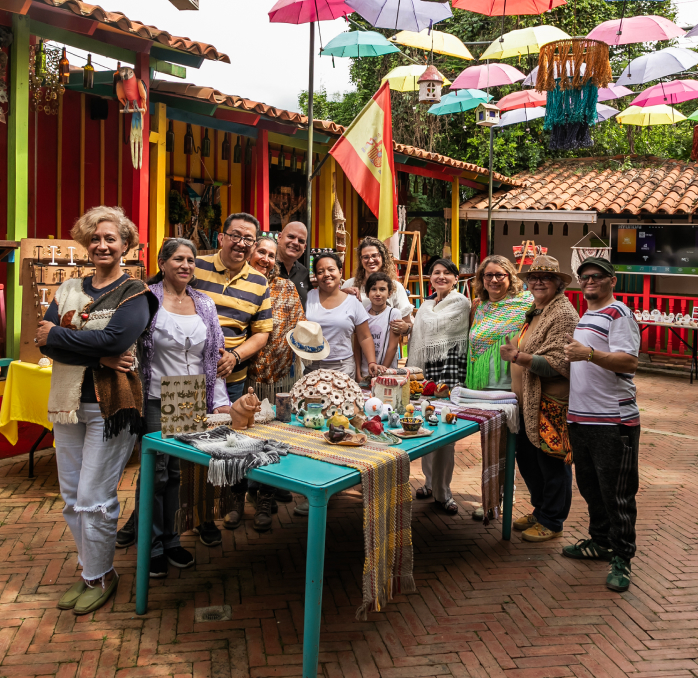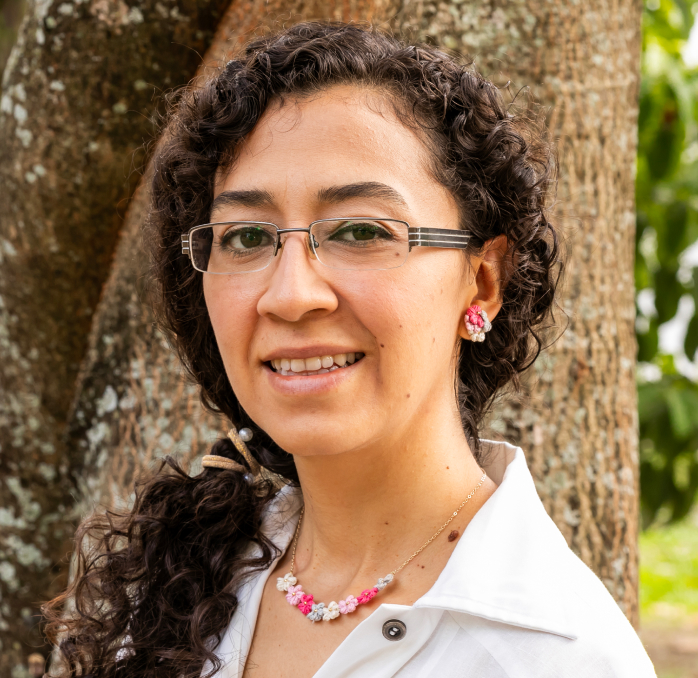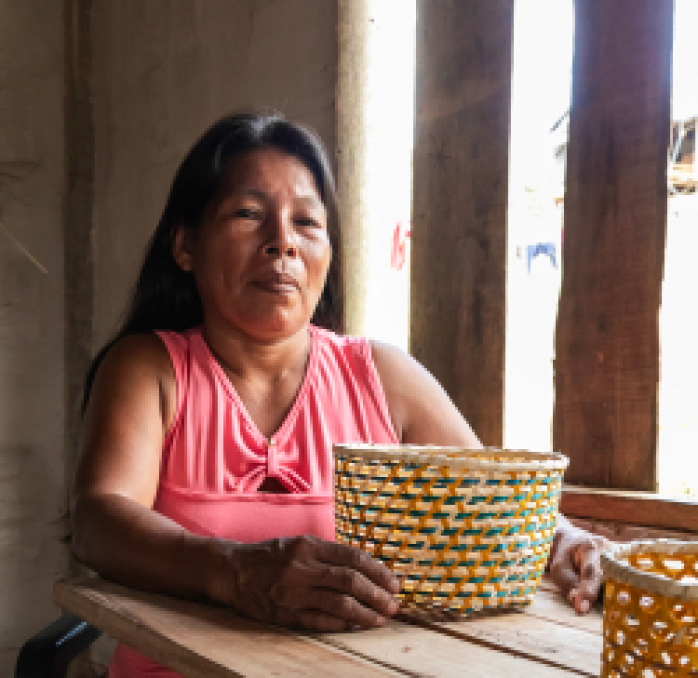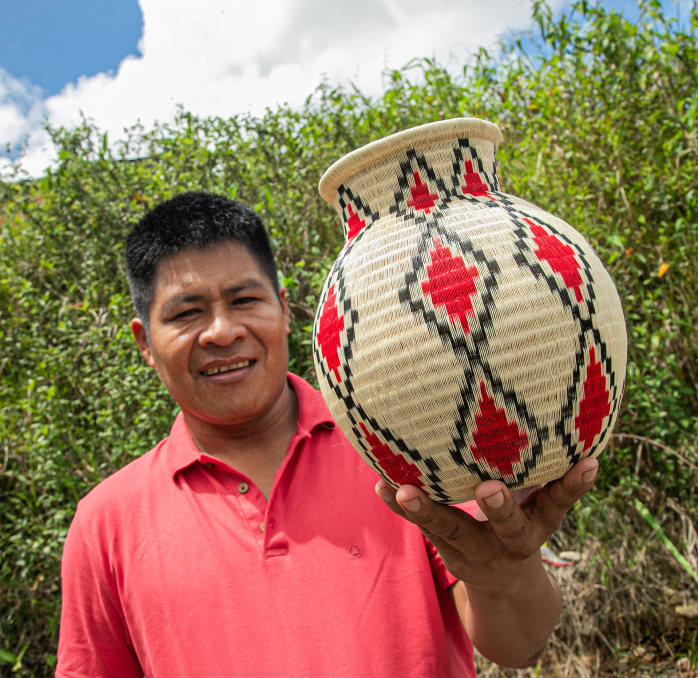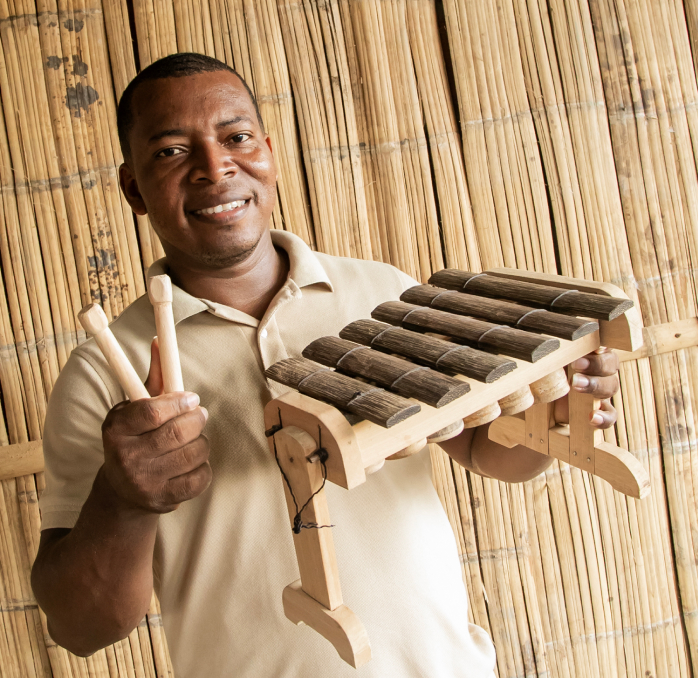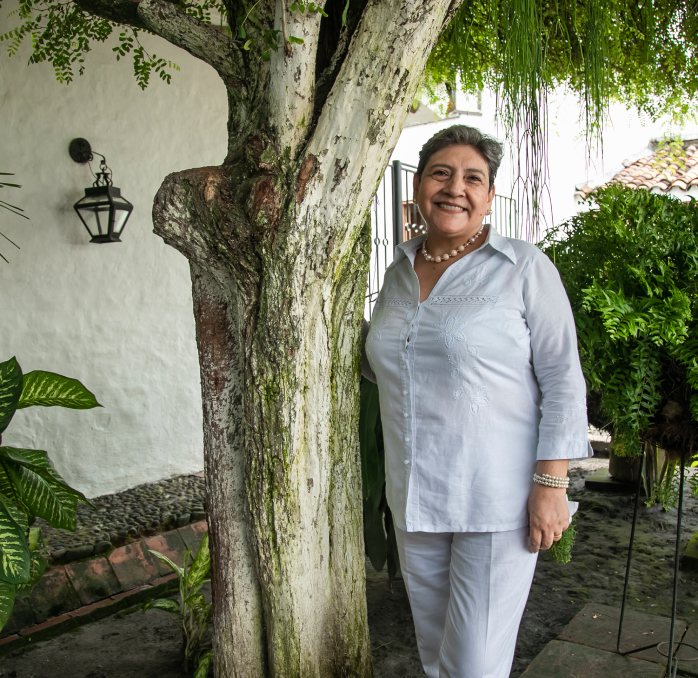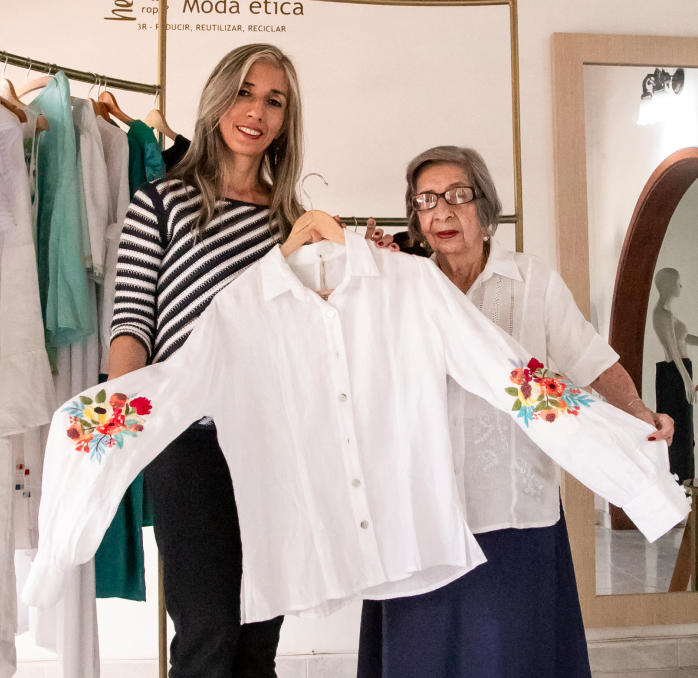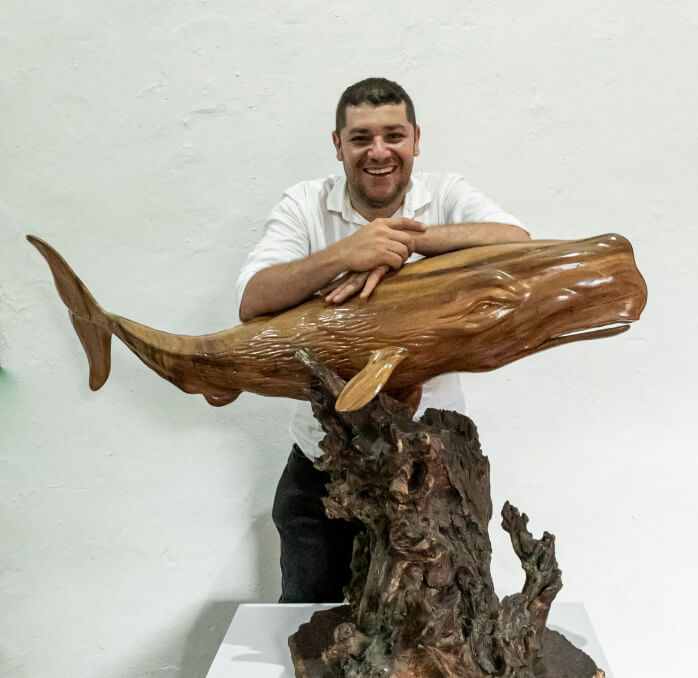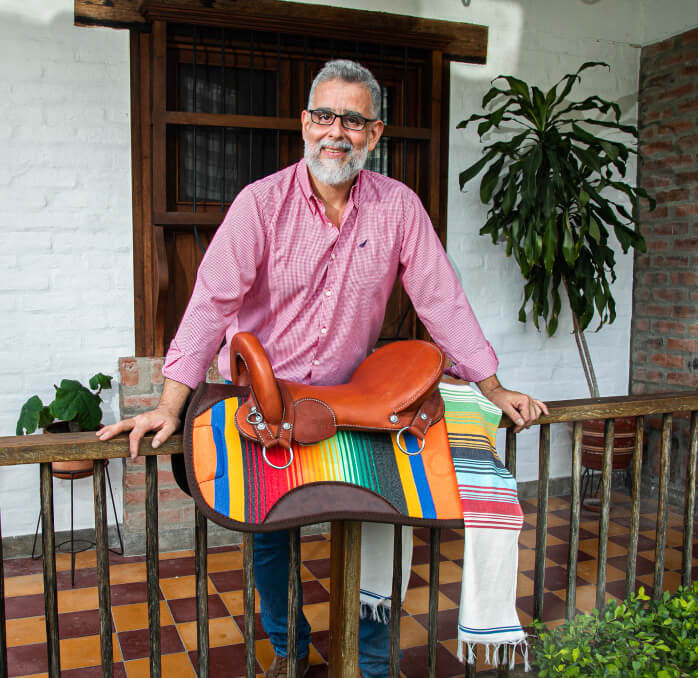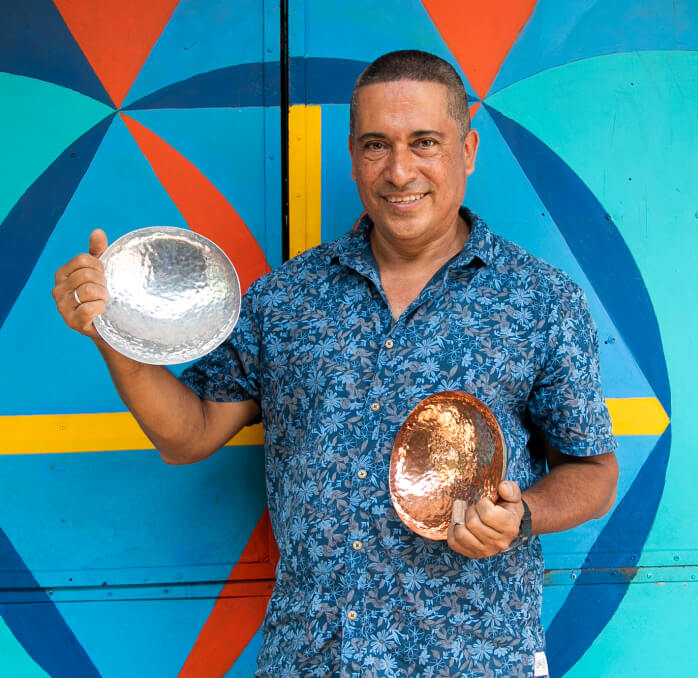Isleny Valencia Gómez
Workshop: El Palomar
Craft: Ceramics
Trail: Valle del Cauca route
Location: Cali, Valle del Cauca
SCHEDULE YOUR VISIT
carrera 12 #2-41
3117579898
elpalomar@ceramicaselpalomar.com
@elpalomarceramicas
@elpalomarceramica
Clay came into the family behind El Palomar as an instinct. The first time Isleny Valencia ever touched the material was to make party favors for her eldest daughter Jessica’s first birthday—and the joy was immediate. She was creating with her hands to celebrate the life she had once created with her body. She made, as one might guess, little doves. And because they were such a hit among the party guests, she decided to keep making them in the evenings after work, this time with her husband Mauro Phazan, to sell at a craft fair in Cali—where they once again caught everyone’s attention.
It became clear they had found their calling when they realized they could make a living from ceramics—and a good one. Isleny left her job as an accounting assistant, and Mauro quit his position as an engineer at a sugar mill. They committed fully to clay, taking their doves to Bogotá, Cartagena, and even Venezuela. Along the way, they learned which clay was best, how to strain it to remove pebbles and sand, how to settle it, and eventually how to glaze it—having first painted their pieces cold after firing them in a friend’s kiln in San Antonio. Later, their repertoire expanded: they recreated Hernando Tejada’s iconic cats—he was a family friend—and invented baroque-styled “prosperity horses,” along with characters from daily life in Cali, like chontaduro vendors and sugarcane cutters. Others followed, like flower carriers from Antioquia and saints and Virgins, which entered the catalog after so many custom requests.
The workshop changed over time. The parents separated but learned to collaborate as colleagues in the same craft, their studios divided only by a wall. And the children—who had grown up drawing their parents at a table, working with clay—joined their mother in the workshop. Jessica, the eldest, an architect drawn to straight and abstract forms, now handles both design and accounting. Ravel, the younger brother, pursued communications and helps with client work and restoration.
Those first little doves are still with them—and their origin was no coincidence. When she thinks back, Isleny remembers a pair of real doves that lived with them for many years. They were a gift from Mauro’s parents in Ecuador, given during a trip when the children met their grandparents for the first time. The birds were named Tomás and Rosita after them. That’s why the ceramic doves were never sold individually—they always came in pairs. They also recreate the popular macetas de San Antonio: balsa wood sticks adorned with candies, swirls, birds, and colorful trinkets, given by godparents to godchildren every June 29. Despite the name, these “macetas” have nothing to do with flowerpots. Legend has it that it all began with a woman caring for some crying children. In desperation, she melted sugar into caramel, shaped it into tiny birds, and gave the sweet figurines to the children—who finally stopped crying.
After all these years working with clay, Isleny has never lost the pleasure of creation. She describes her craft as a constant meditation—being with clay is forgetting everything else. It’s a feeling not unlike the one she finds in yoga, a discipline she’s practiced for years, long before it became trendy. With the group of single mothers she has worked with for many years, she now has something that resembles a chosen family. They’ve watched each other’s children grow, they celebrate Mother’s Day together, birthdays, and always share a cake at Christmas. And part of being a family are the bread parties that Isleny hosts, gatherings to bring friends together, to give thanks, and to celebrate. Through bread—kneaded with the same strength and tenderness as the clay—she’s reminded not to let life pass her by, nor to pass by life itself.
Craft
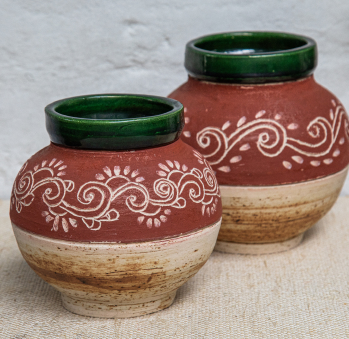

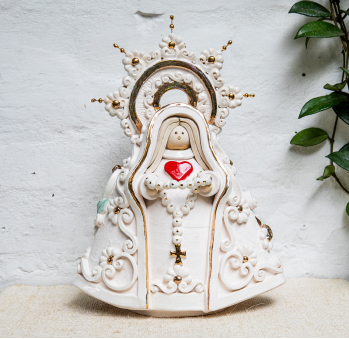
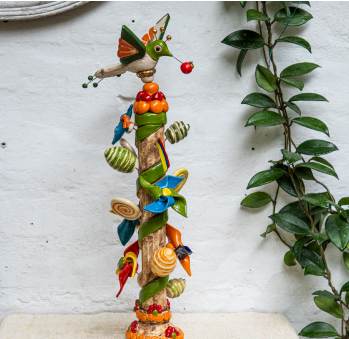
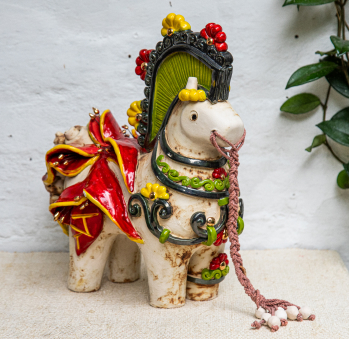
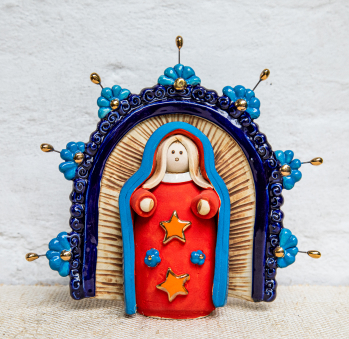
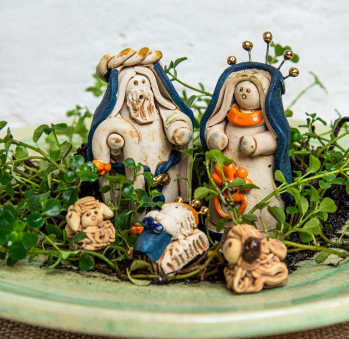
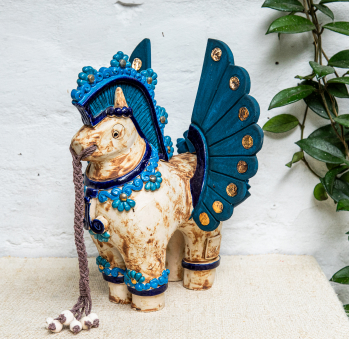
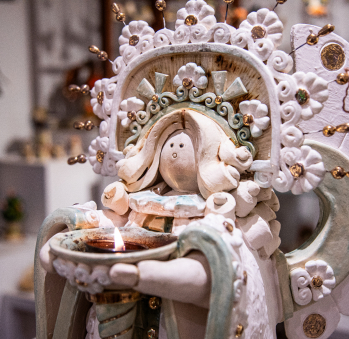









Artisans along the way
Artisans along the way
No puede copiar contenido de esta página

